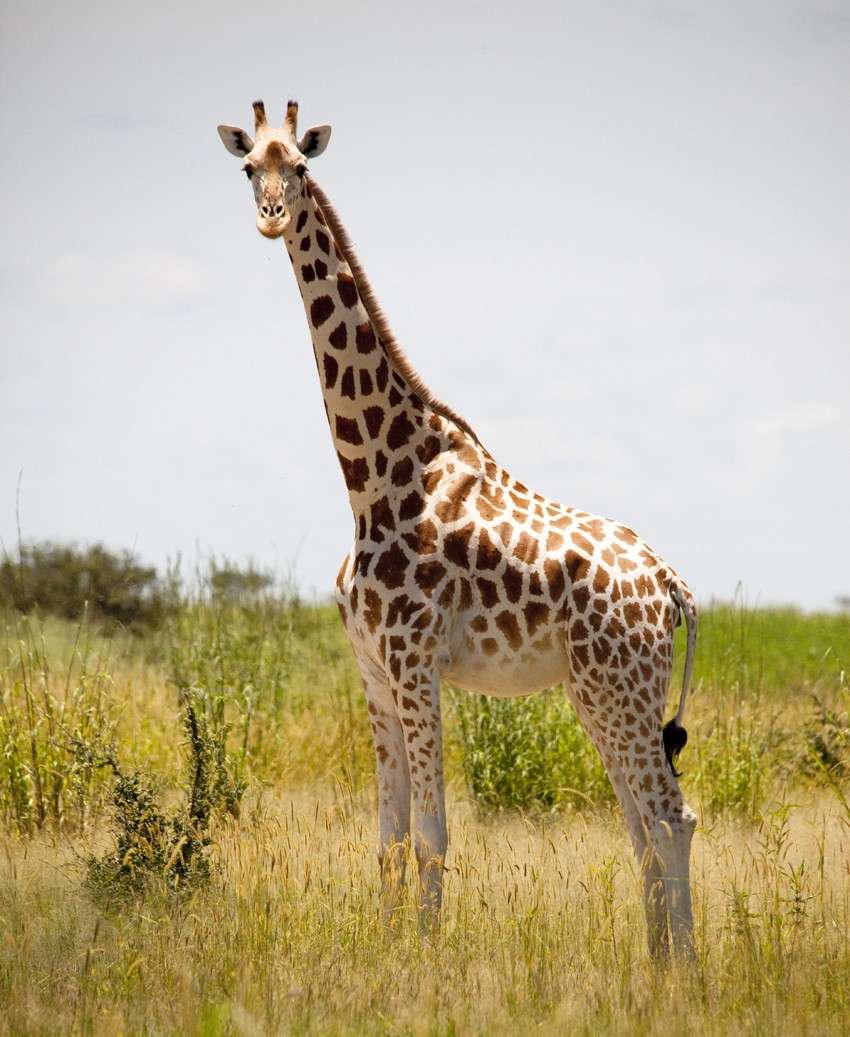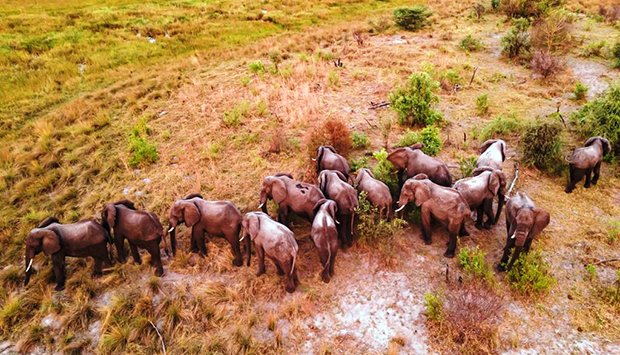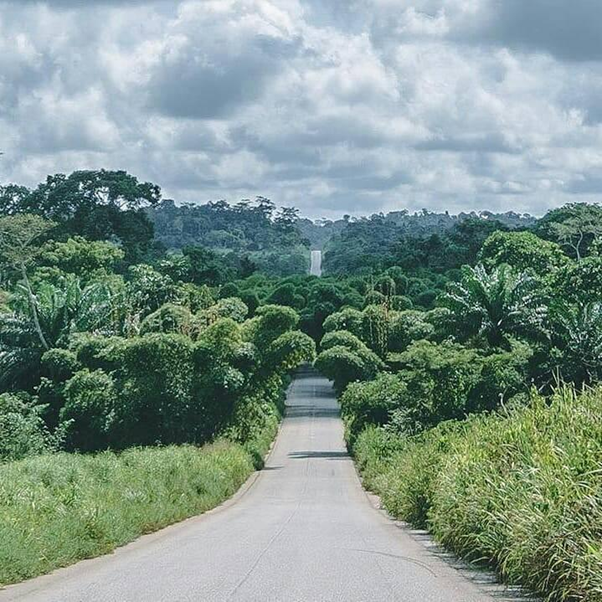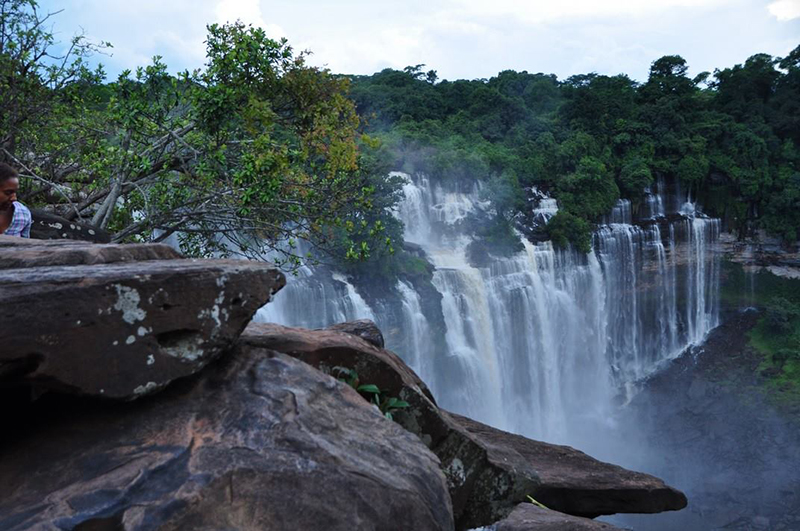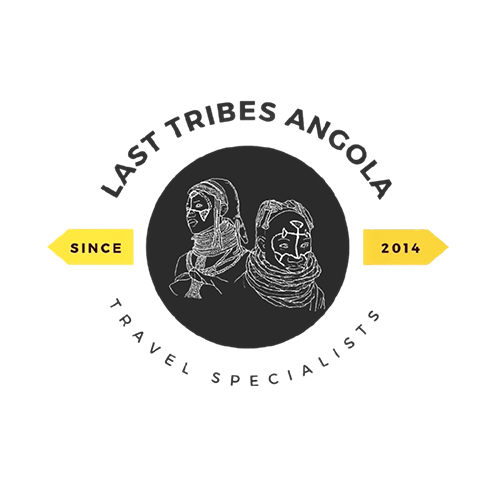Mayombe National Park
Termed one of the world’s richest hot-spots of biological diversity, Mayombe forest,
part of the tropical rainforest biome, forms the southern margin of evergreen tropical
rainforest in Central Africa. Climate in the region is hot and humid, with mean annual
temperatures of 23-26°C and a mean annual rainfall of around 1,200 - 1,800 mm.
Fog occurs frequently. Mayombe forest is a multi-storied forest, ranging from
dominant layers of tall evergreen trees (40-60m), with narrow canopies, through
layers of smaller trees and shrubs with climbers, to diversified layers of herbaceous
and epiphytic plants. The forest is home to a wide variety of fauna, like insects and
other invertebrates, freshwater fish, amphibians, reptiles, birds and mammals. It is
also home to primate species such as the chimpanzee, lowland gorilla and several
species of old world monkeys. Other mammals that can be found here include the
forest elephant, forest buffalo, bush pig and forest hog. The area is also known for
the rare giant pangolin, tree pangolin and flying squirrel. The African manatee is
found in the Zaire River, and the forest also boasts a variety of at least 95 bird species,
amongst others the African grey parrot and the great crested lourie. Hence, the
Mayombe ecosystem is internationally recognised as an Important Bird Area.
There are a few hotels in Cabinda. Safari packages include activities like river tubing,
gorilla and animal watching, trekking, hiking, visiting waterfalls, swimming in rivers
and lakes and camping. Although more and more people visit the Mayombe forest
area, responsible tourism (biodiversity conservation, education, and empowerment
of local communities) is still under development in the region. Mayombe Forest has
great potential to become an attractive tourism destination along the Atlantic
coast with its long sunny beaches, extraordinary landscapes from savannah to
rainforest, a unique flora and fauna, and a rich cultural history.

